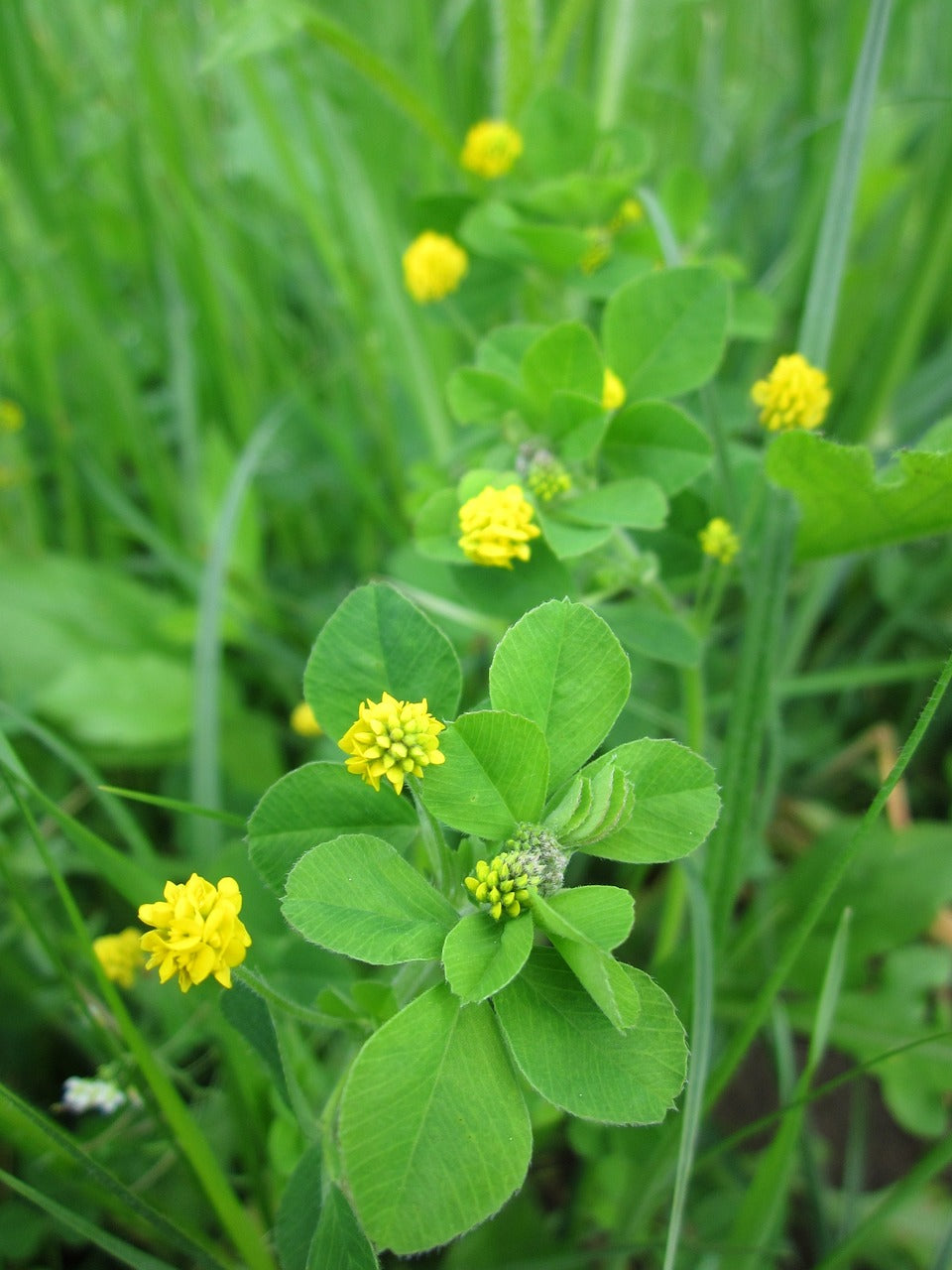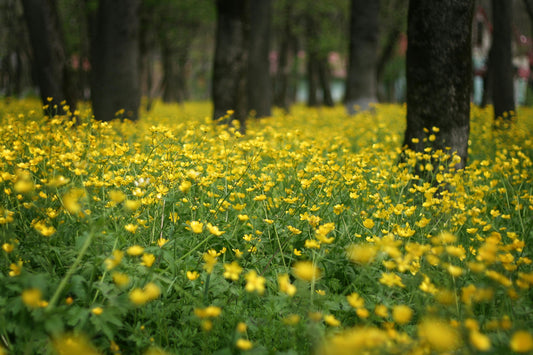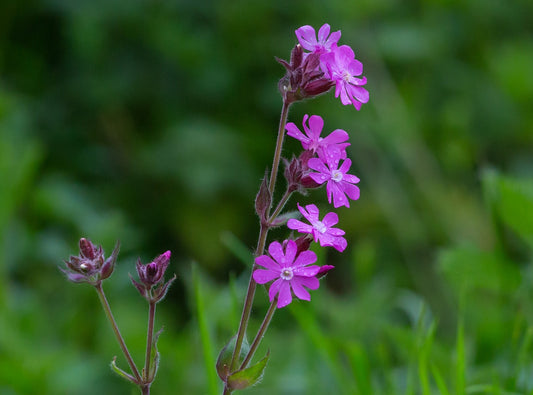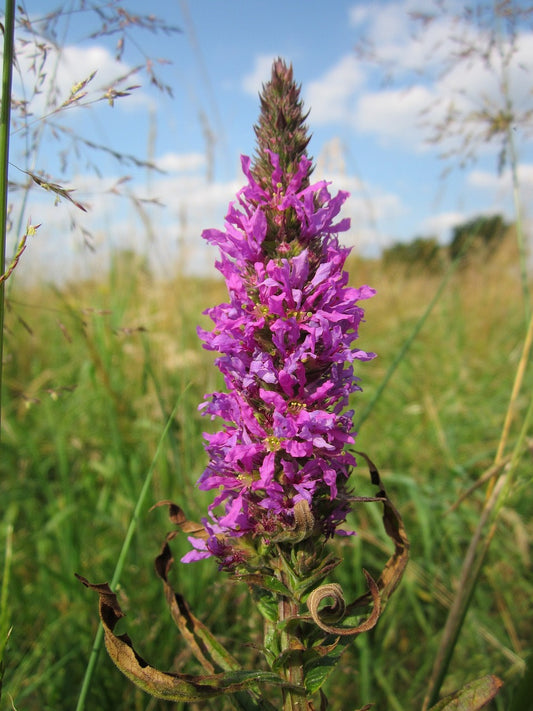
Essential Tips for Planting and Growing Black Medick in Your Garden
A Comprehensive Guide to Planting and Growing Black Medick for a Thriving Garden
Black Medick is a hardy, versatile plant with various benefits for gardeners and wildlife alike. This guide will help you understand how to effectively plant, care for, and harvest Black Medick to enhance your garden’s health and biodiversity.
What is Black Medick?
Black Medick (Medicago lupulina) is a low-growing perennial legume known for its clover-like leaves and small, yellow flowers. It is often used as a cover crop, forage plant, or as part of a wildflower mix. Black Medick is valued for its ability to improve soil health and attract beneficial insects.
Benefits of Growing Black Medick
1. Soil Health: Black Medick helps fix nitrogen in the soil, improving fertility and reducing the need for synthetic fertilisers.
2. Wildlife Friendly: Its flowers attract pollinators such as bees and butterflies, supporting local biodiversity.
3. Low Maintenance: Black Medick requires minimal care and can thrive in various conditions.
When to Plant Black Medick
The best time to sow Black Medick is in spring or autumn. Planting in these seasons allows the seeds to establish before extreme weather conditions. For spring sowing, wait until after the last frost. For autumn sowing, ensure the seeds have enough time to germinate before winter.
Preparing the Soil for Black Medick
1. Soil Preparation: Loosen the soil to a depth of about 15 cm (6 inches) and incorporate compost or well-rotted manure to enhance fertility and drainage.
2. Soil pH: Black Medick prefers a pH between 6.0 and 7.0. Test the soil and adjust as necessary.
Sowing Black Medick Seeds
1. Direct Sowing: Scatter Black Medick seeds evenly over the prepared soil. Lightly rake to cover the seeds with a thin layer of soil.
2. Seed Depth: Sow seeds about 0.5 cm (0.2 inches) deep. Ensure good seed-to-soil contact to promote germination.
Caring for Black Medick
1. Watering: Keep the soil consistently moist, especially during dry spells. However, avoid waterlogging as this can lead to root rot.
2. Weeding: Regularly remove weeds to reduce competition for nutrients and water.
Harvesting and Using Black Medick
1. Leaf Harvest: Black Medick leaves can be harvested throughout the growing season. Young leaves are tender and ideal for use in salads.
2. Seed Harvest: Collect seeds when they are dry and brown. Store in a cool, dry place for future planting.
Companion Plants for Black Medick
Black Medick pairs well with other legumes such as clover and peas. These combinations can enhance soil health and provide a diverse habitat for beneficial insects.
Conclusion
Planting Black Medick offers multiple benefits for your garden, from improving soil fertility to supporting local wildlife. By following this guide, you can ensure a successful and productive gardening experience.




